Spanish Cuisine on the Keto Diet
The Ultimate Guide to Eating in Spain on the Keto Diet.
Spanish cuisine is primarily based on the Mediterranean diet — and while all of its ingredients are not 100% compatible with the keto diet, there’s much you can take from it. From the rich, healthy fats to the low-carb staples commonly found in Spanish dishes, we uncover the principal elements of these two diets that can promote optimal health.
In this article, we look at how to enjoy Spanish cuisine on the Keto diet, what the differences and compatibilities are, plus we offer three examples of meal plans where you can enjoy delicious Spanish cuisine on the Keto diet.
How the Spanish Diet Supports the Keto Diet
When it comes to combining the strengths of the Spanish diet with the principles of the ketogenic diet, the union is nothing short of transformative. We look at what ingredients to embrace from the Mediterranean diet, and what ingredients to avoid to maintain the principles of the Keto diet for the best health benefits.
The Foundation: Healthy Fats and Oils
Spain is renowned for its olive oil — a staple pantry item in every Spanish kitchen. This oil isn’t just a medium for cooking; it’s a source of healthy monounsaturated fats, which are essential for the keto diet. Olive oil, along with avocados, another frequent component in Spanish cuisine, offers a rich source of heart-healthy fats that align seamlessly with the keto regimen.
Olive Oil Tips & Tricks
- The health benefits of olive oil and nutrition facts
- The 15 best Spanish olive oils to try in 2023
- Can olive oil help you lose weight?
Seafood and Its Essential Role
The Spanish coastline blesses its cuisine with an abundance of seafood, from the Atlantic mackerel to the Mediterranean sardines. Seafood is not only a low-carb staple, but it also provides essential omega-3 fatty acids. These fats are crucial for the anti-inflammatory benefits they provide, making seafood recipes an invaluable asset in a keto-friendly Spanish diet.
Meats and Proteins: A Mutual Emphasis
Both the Spanish and keto diets emphasize the importance of protein. Spanish chorizos, jamón ibérico, and various other cured meats offer a protein-packed punch without skimping on the flavors. These meats, combined with typical Spanish cheeses like Manchego, ensure that protein needs are amply met, in line with the principles of the ketogenic diet.
Low-Carb Vegetables: A Green Affair
The Spanish diet isn’t just about meats and seafood. Vegetables like spinach, asparagus, and peppers play a significant role in traditional dishes. These veggies are not only low in carbohydrates but also packed with vital nutrients and fibers, making them a perfect fit for the keto philosophy.
Nuts and Seeds: The Unsung Heroes
Almonds, chia seeds, and flaxseeds are integral to many Spanish recipes. These powerhouses are rich in fats and fiber and low in net carbs. Whether incorporated into desserts, salads, or eaten on their own, they provide the essential nutrients required for the metabolic state of ketosis.
Herbs and Spices: Elevating the Flavors
Spain’s culinary landscape is fragrant with herbs and spices like saffron, rosemary, thyme, and the different types of Spanish paprika. These not only impart unique flavors to the dishes but also come with minimal carbs, making them keto-compliant. Their antioxidant properties further boost the overall health benefits of the meal. Win-win!
Eggs: The Universal Ingredient
Eggs, a fundamental aspect of both diets, serve as a versatile ingredient. They provide a good dose of protein and fats, embodying the keto’s nutrient balance.
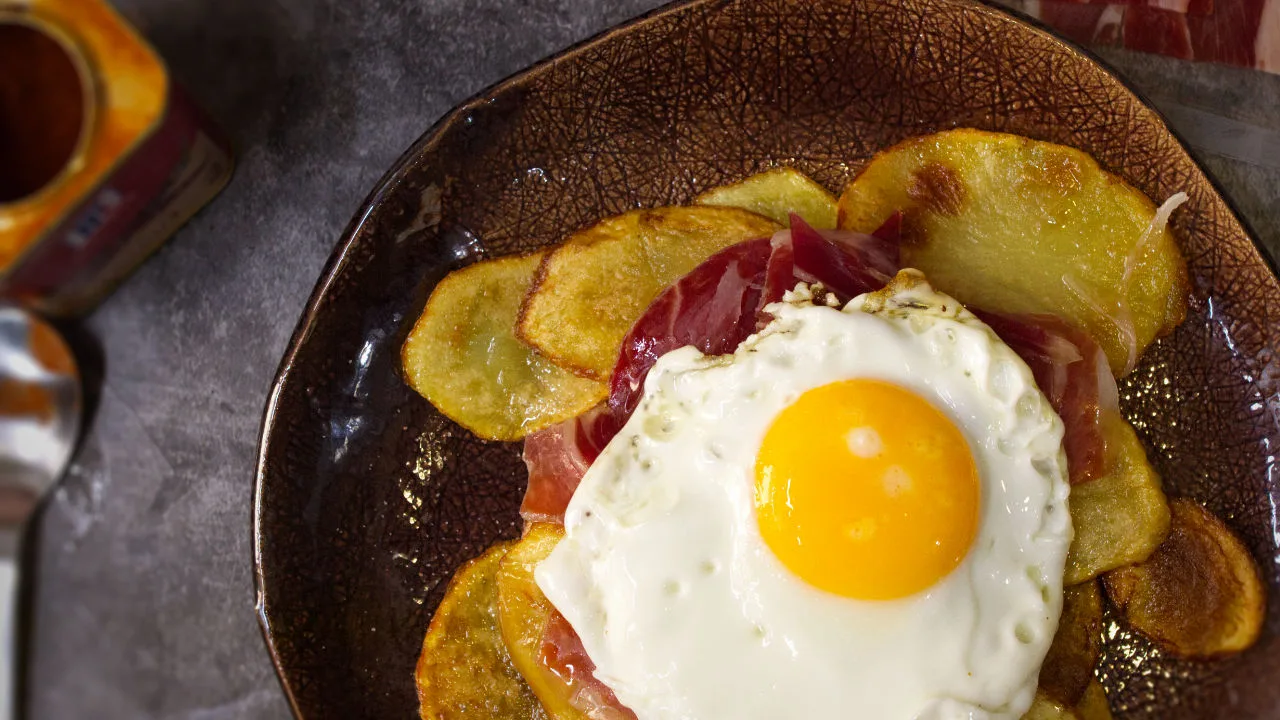
Mediterranean vs’ Keto Diet: Differences and Compatibilities
The Mediterranean diet and the Keto diet have different principles, and while they are not inherently compatible, it is possible to combine elements of both. Here’s how they compare and how you might blend them:
Differences:
- Carbohydrate Intake:
- Keto Diet: Very low in carbohydrates (typically 5-10% of daily caloric intake), aiming to induce ketosis.
- Mediterranean Diet: Moderate carbohydrate intake, with a focus on whole grains, legumes, fruits, and vegetables.
- Fat Sources:
- Keto Diet: High fat intake (70-80% of daily caloric intake), including sources like avocados, nuts, seeds, and animal fats.
- Mediterranean Diet: Moderate fat intake, primarily from healthy sources like olive oil, nuts, and fatty fish.
- Protein Intake:
- Keto Diet: Moderate protein intake.
- Mediterranean Diet: Moderate protein intake, often from fish, poultry, legumes, and occasionally red meat.
Compatibilities:
To create a diet that incorporates aspects of both the Mediterranean and Keto diets, consider the following adjustments:
- Focus on Healthy Fats: Emphasize fats from olive oil, avocados, nuts, and seeds, which are staples in both diets.
- Limit Carbs but Choose Whole Foods: While reducing carbohydrates to stay within Keto guidelines, choose nutrient-dense, low-carb vegetables (e.g., leafy greens, zucchini, cauliflower) that are common in the Mediterranean diet.
- Include Fatty Fish and Lean Proteins: Incorporate fatty fish (like salmon and sardines) and other lean proteins (like poultry and eggs), which are encouraged in both diets.
- Avoid Refined Carbs and Sugars: Both diets discourage refined carbohydrates and added sugars, so avoid these entirely.
- Moderate Dairy and Cheese: Use full-fat dairy products in moderation, focusing on high-quality options like Greek yogurt and certain cheeses, which can fit into both diets.
- Nuts and Seeds: Include a variety of nuts and seeds for snacks and meal additions, as they are high in healthy fats and proteins.
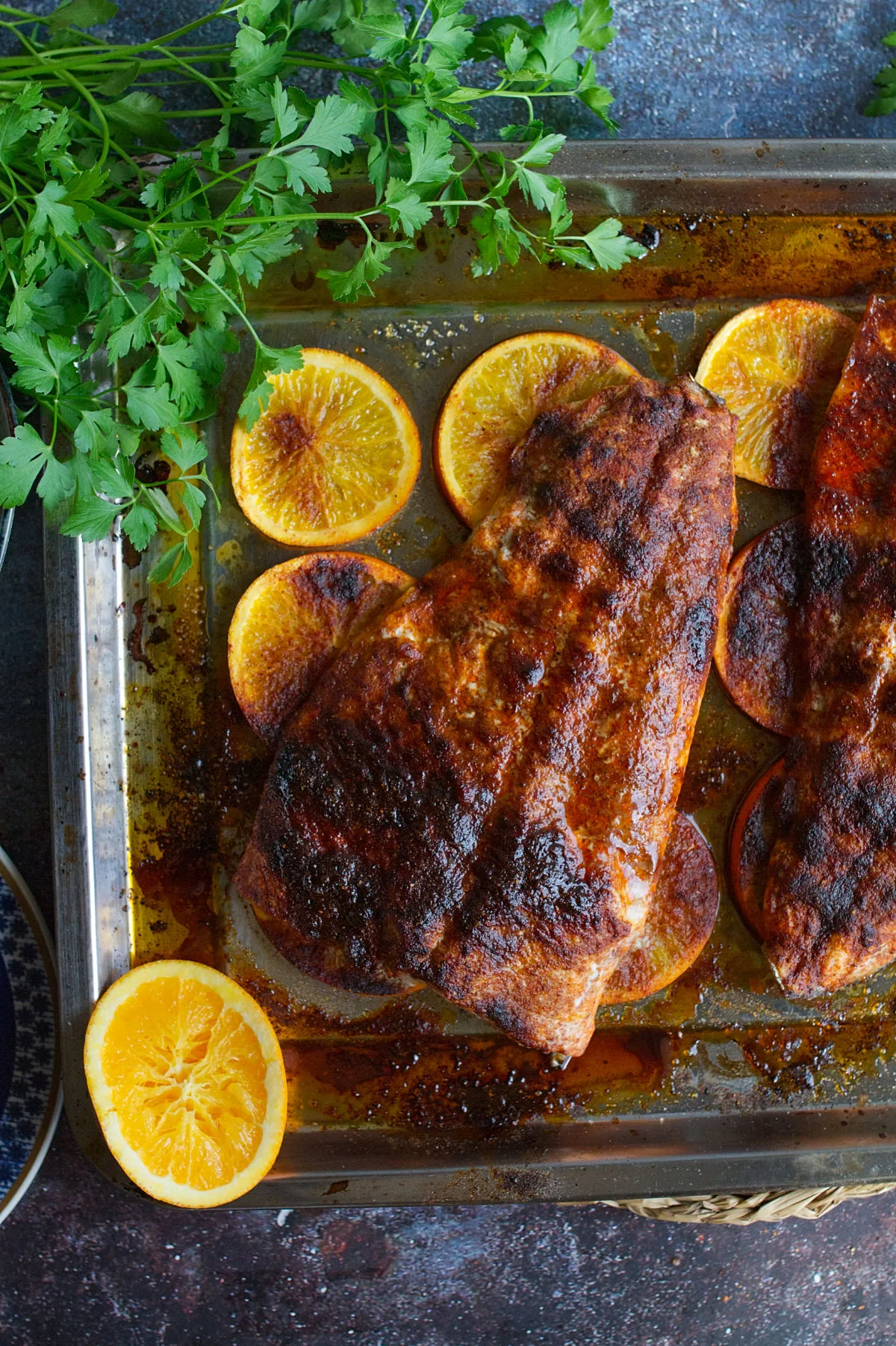
Sample Meal Plans
By carefully selecting foods that align with the principles of both diets, you can create a balanced approach that takes advantage of the health benefits offered by each. These meal plans integrate the high-fat, low-carb principles of the Keto diet with the healthy fats, lean proteins, and vegetables of the Mediterranean diet, providing a balanced and nutritious approach to eating.
Here are three different sample meal plans that combine elements from the Mediterranean and Keto diets:
Meal Plan 1
Breakfast:
- Greek yogurt (full-fat) with a handful of mixed nuts (almonds, walnuts) and chia seeds.
- A few slices of avocado.
Lunch:
- Grilled chicken salad with mixed greens, cherry tomatoes, cucumbers, olives, feta cheese, and an olive oil and lemon juice dressing.
Suggested recipe: No-mayo Spanish potato salad | Healthy lower-fat salad recipe
Dinner:
- Baked salmon with a side of sautéed spinach and zucchini in olive oil and garlic.
- A small serving of roasted cauliflower.
Suggested recipe: Spanish-Style Spicy Salmon with Cayenne, Paprika, and Orange
Snack:
- A handful of olives and a few slices of cucumber.
Meal Plan 2
Breakfast:
- Omelette made with eggs, spinach, tomatoes, and feta cheese, cooked in olive oil.
Suggested recipe: Tortilla Espanola
Lunch:
- Tuna salad with mixed greens, red bell pepper, olives, avocado, and a dressing of olive oil and balsamic vinegar.
Suggested recipe: Effortless 3-Minute Spanish-Style Tuna Tomato Salad Recipe
Dinner:
- Grilled lamb chops with a side of roasted Brussels sprouts and a Mediterranean-style ratatouille (zucchini, eggplant, bell peppers, and tomatoes cooked in olive oil).
Snack:
- A small handful of macadamia nuts.
Meal Plan 3
Breakfast:
- Smoothie made with unsweetened almond milk, a scoop of low-carb protein powder, spinach, and a few blueberries.
Lunch:
- Mediterranean-style chicken kebabs with a side of Greek salad (mixed greens, olives, cucumbers, feta cheese, and red onions) dressed with olive oil and oregano
Suggested recipe: Baked Mediterranean Chicken Thighs
Dinner:
- Shrimp cooked in olive oil and garlic, served with cauliflower rice and a side of grilled asparagus.
Suggested recipes: Gambas al Ajillo or Gambas al Pil Pil (for a spicy version)
Snack:
- A few slices of prosciutto wrapped around slices of avocado
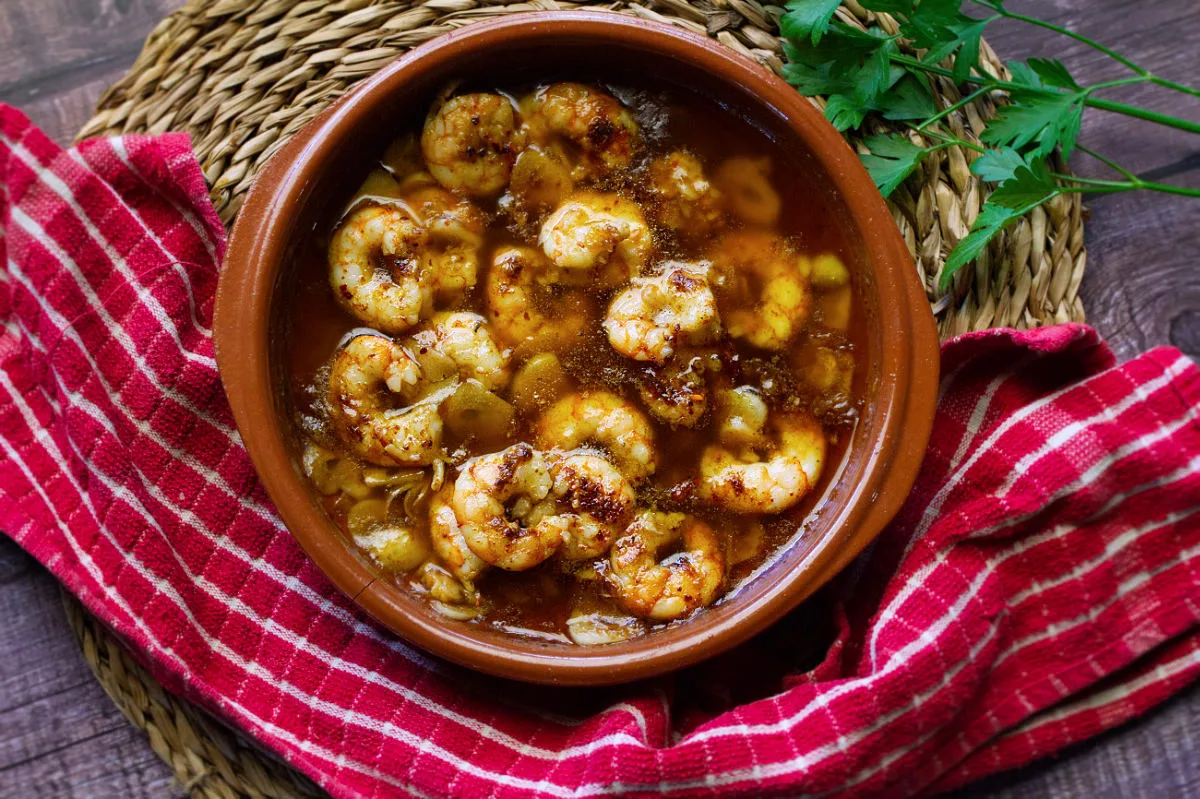
Conclusion: A Harmonious Union
Blending the Spanish diet with the keto diet creates an interesting collection of flavors and recipe ideas, not to mention the numerous health benefits associated. This natural alignment highlights how traditional culinary practices can seamlessly fit into modern health regimens. By embracing the best of both diets, you can savor the vibrant tastes of the Mediterranean while reaping the metabolic rewards of the ketogenic diet.
Dive into these five keto-friendly recipes to get started!
FAQs: The Keto Diet and Spanish Recipes
How does the traditional Spanish diet align with the principles of the keto diet?
The traditional Spanish diet is based on the Mediterranean diet, which emphasizes fresh vegetables, fruits, lean proteins, and healthy fats. While not inherently keto, certain elements of the Spanish diet, like the focus on healthy fats from olive oil and seafood, can be incorporated into a keto diet plan.
Which Spanish food items can be included in a keto diet?
Many essential ingredients in Spanish cuisine, such as olive oil, seafood, and certain meats, are keto-friendly. However, grains, legumes, and some fruits that are also part of the Spanish diet would need to be consumed in moderation or avoided entirely on a strict keto plan.
How can someone adapt the Spanish diet to fit the keto guidelines?
To adapt the Spanish diet for keto, one could emphasize high-fat, low-carb staples like extra virgin olive oil, seafood, and meats while reducing or eliminating high-carb foods like grains, legumes, and most fruits. Incorporating more avocados, nuts, and seeds can also make the transition smoother.

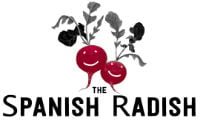
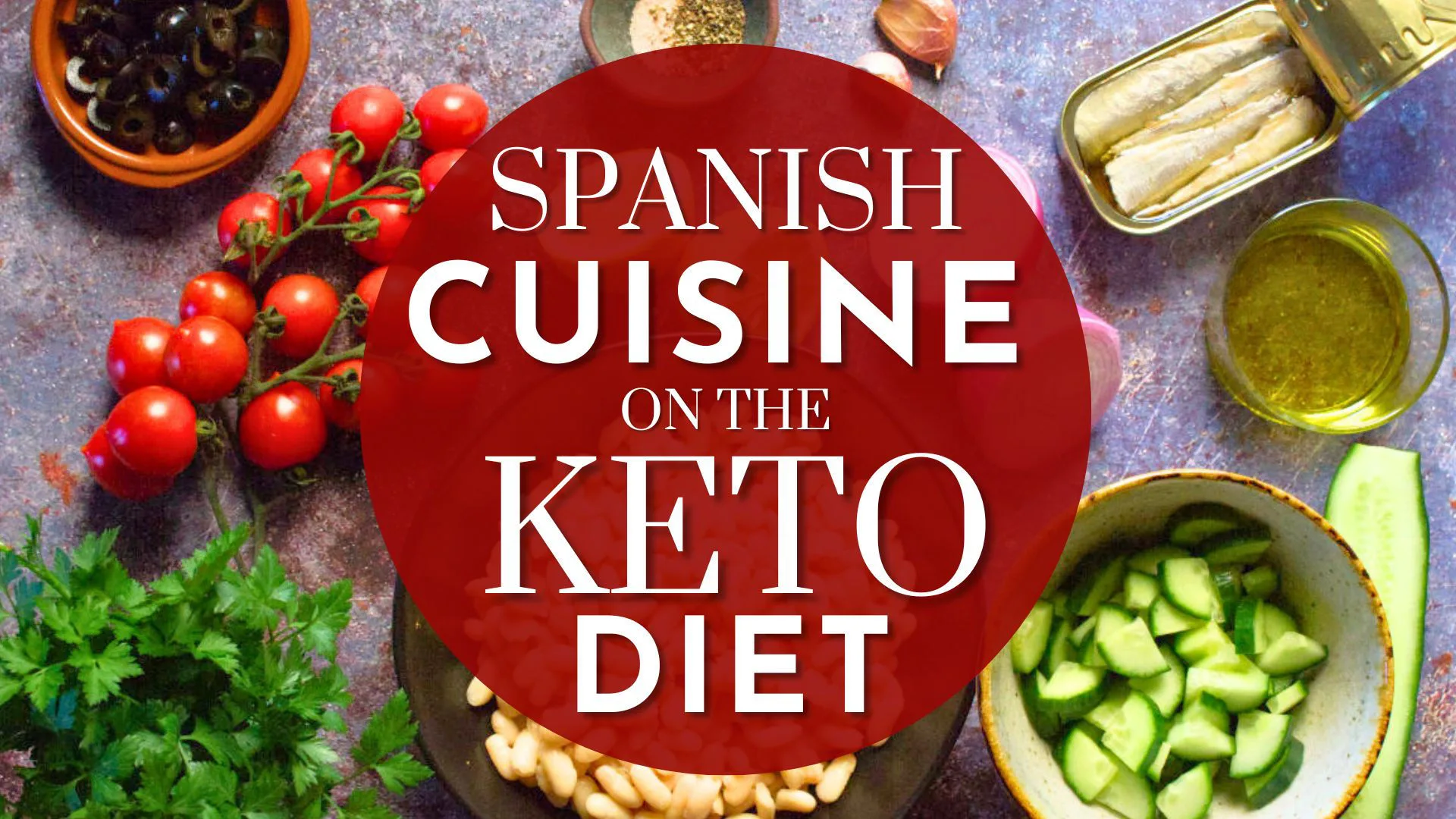
0 Comments